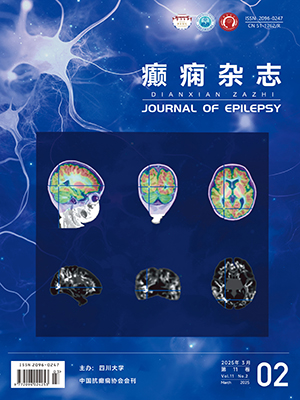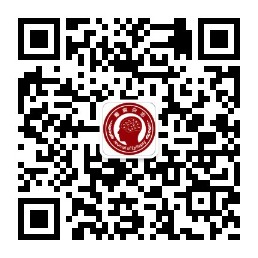| 1. |
Chu-Shore CJ, Major P, Camposano S, et al. The natural history of epilepsy in tuberous sclerosis complex. Epilepsia, 2010, 51(7): 1236-1241.
|
| 2. |
Willmore LJ, Abelson MB, Ben-Menachem E, et al. Vigabatrin: 2008 update. Epilepsia, 2009, 50(2): 163-173.
|
| 3. |
Greiner HM, Lynch ER, Fordyce S, et al. Vigabatrin for childhood partial-onset epilepsies. Pediatr Neurol, 2012, 46(2): 83-88.
|
| 4. |
Friedman D, Bogner M, Parker-Menzer K, et al. Vigabatrin for partial-onset seizure treatment in patients with tuberous sclerosis complex. Epilepsy Behav, 2013, 27(1): 118-120.
|
| 5. |
Northrup H, Krueger DA. Tuberous sclerosis complex diagnostic criteria update: recommendations of the 2012 Iinternational Tuberous Sclerosis Complex Consensus Conference. Pediatr Neurol, 2013, 49(4): 243-254.
|
| 6. |
Curatolo P, Verdecchia M, Bombardieri R. Vigabatrin for tuberous sclerosis complex. Brain Dev, 2001, 23(7): 649-653.
|
| 7. |
DaboraSL, Jozwiak S, Franz DN, et al. Mutational analysis inacohort of 224 tuberous sclerosis patients indicates increased severity of TSC2, compared with TSC1, disease in multiple organs. AmJHum Genet, 2001, 68(1): 64-80.
|
| 8. |
Overwater IE, Bindels-De HK, Rietman AB, et al. Epilepsy in children with tuberous sclerosis complex: Chance of remission and response to antiepileptic drugs. Epilepsia, 2015, 56(8): 1239-1245.
|
| 9. |
Jeong A, Wong M. Tuberous sclerosis complex asamodel disease for developing new therapeutics for epilepsy. Expert Rev Neurother, 2016(5): 1-11.
|
| 10. |
Marcotte L, Crino PB. The neurobiology of the tuberous sclerosis complex. Neuromolecular Med, 2006, 8(4): 531-546.
|
| 11. |
Dimario FJ, Sahin M, Ebrahimi-Fakhari D. Tuberous sclerosis complex. Pediatr Clin North Am, 2015, 62(3): 633-648.
|
| 12. |
Walker SD, Kalviainen R. Non-vision adverse events with vigabatrin therapy. Acta Neurol Scand Suppl, 2011(192): 72-82.
|
| 13. |
Plant GT, Sergott RC. Understanding and interpreting vision safety issues with vigabatrin therapy. Acta Neurol Scand Suppl, 2011(192): 57-71.
|
| 14. |
Sergott RC, Bittman RM, Christen EM, et al. Vigabatrin-induced peripheral visual field defects in patients with refractory partial epilepsy. Epilepsy Res, 2010, 92(2-3): 170-176.
|
| 15. |
Luchetti A, Amadi A, Gobbi G. Visual field defects associated with vigabratin monotherapy in children.J Neurol Neurosurg Psychiatry, 2000, 69(4): 566.
|
| 16. |
Pellock JM, Faught E, Sergott RC, et al. Registry initiated to characterize vision loss associated with vigabatrin therapy. Epilepsy Behav, 2011, 22(4): 710-717.
|
| 17. |
Wild JM, Chiron C, Ahn H, et al. Visual field loss in patients with refractory partial epilepsy treated with vigabatrin: final results from an open-label, observational, multicentre study. CNS Drugs, 2009, 23(11): 965-982.
|
| 18. |
Kinirons P, Cavalleri GL, Singh R, et al.Apharmacogenetic exploration of vigabatrin-induced visual field constriction. Epilepsy Res, 2006, 70(2-3): 144-152.
|
| 19. |
Saxena A, Sampson JR. Epilepsy in Tuberous Sclerosis: phenotypes, mechanisms, and treatments. Semin Neurol, 2015, 35(3): 269-276.
|




